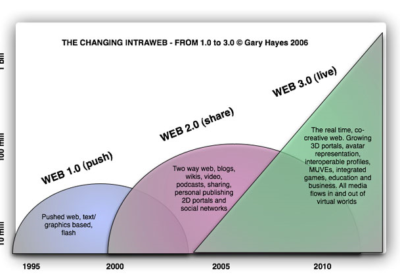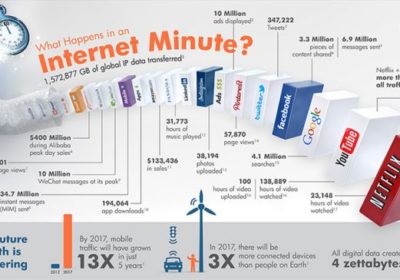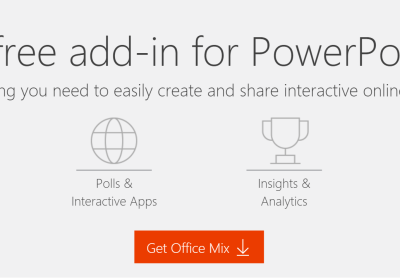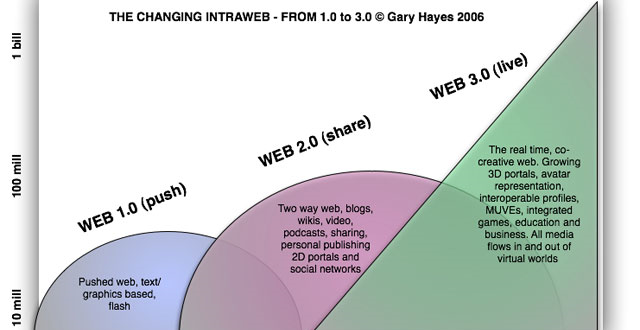In an education setting, authentic learning is a way of teaching that allows students to learn in a “learn by doing” environment. Using real-world projects and experiencing real world problems are considered the most effective way to learn (Lombardi, 2016).
In my short experience as a teacher, I have found that my students respond much better to practical classes than they do theory classes. In practical lessons the students plan and manipulate in order to learn and understand the subject matter, however theory lessons are more passive. Students sitting and listening is, well, to be honest a kind of a hit and miss approach. However in the classroom environment what choices do we have to give students the much needed hands on approach?
The internet and more specifically Web 2.0 has introduced society to a brand new approach to learning and sharing information (Practical Ecommerce, 2016). While Web 1.0 was considered “read only” because users could search for information using a web browser, Web 2.0 emerged and introduced users a way of contributing information on the World Wide Web. Because more information was more readily available, this meant a bridging of the gap between the scholarly and the non-scholarly.

This means that students are now able to source, share and interact with information in new ways.
The proposed unit in this paper engages students in not only the Media field of the curriculum but also spans across literacy and numeracy components. The students engaged with their peers in the group by sharing tutorial videos they found and working in conjunction with stockists of prosthetic makeup to calculate costings and weights and measures.
The play itself was designed to be a community event. Tickets were to be sold to parents and citizens and all students involved in the play are made aware of the costs of putting together such a production. It is envisioned that they would then use this information to calculate the costs of all the equipment used, specifically the amounts of prosthetic make up required for such an endeavour.
Authentic learning encompasses both higher ordering thinking and critical thinking. It aids in the recall learning because learning by doing has been proven to cement learning far more than the traditional passive approach (Lombardi, 2016).
Implementing authentic learning in the current education system would be difficult but not impossible. The specific example I have provided would require teachers and Heads of Program across subject areas to liaise and communicate effectively. The use of digital technologies such as the site Wiggio play a vital role in enabling the success of such an endeavour. Coordinating group discussions with students in out-of-school hours would be spasmodic and unreliable using conventional methods; Students could communicate, however it would be limited. Web 2.0 technologies allows the ease of communication with all students, teachers, community members and classes involved in the project. Using technologies students can share ideas and information at a time that suits them and can be viewed and discussed with others at times that suit those people (Practical Ecommerce, 2016).
This example is only one way that digital technologies can be used to enhance the learning experience of learners in the education environment. YouTube videos, blogs and other user tools enable, not only users to share information, but delivers more information to the internet for everyone to access. To not utilise this most valuable commodity would be a complete waste of resources. Used correctly digital technologies could lift the standards of education and bridge the gap between the scholarly and the non-scholarly.
References:
Lombardi, M. (2016, June 19). Authentic Learning for the 21st Centrury: An Overview . Retrieved from Beasue Learning Initiative: Authentic Learning
Practical Ecommerce. (2016, June 10). Retrieved from Basic Definitions: Web 1.0, Web 2.0 Web 3.0: http://www.practicalecommerce.com/articles/464-Basic-Definitions-Web-1-0-Web-2-0-Web-3-0





